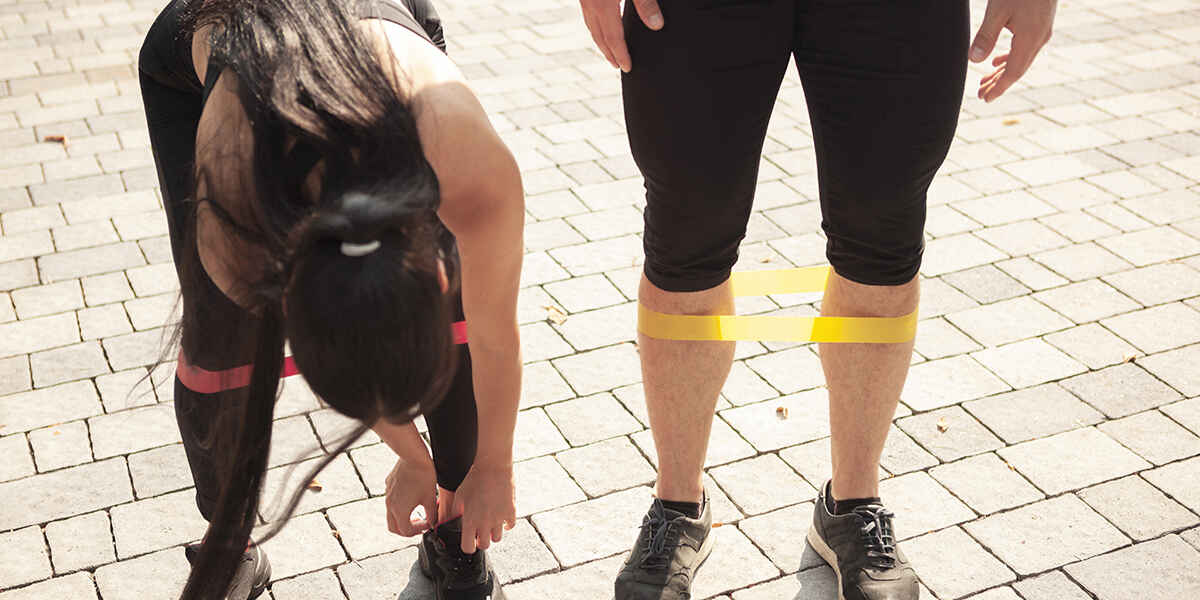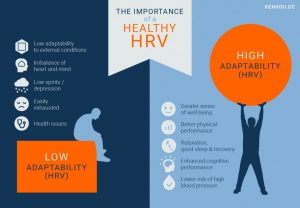
How To Treat and Prevent Shin Splints Among Athletes
Shin splints are one of the most common conditions that lead to lower leg pain. This problem is especially prevalent among both recreational and distance runners, making up 10 to 15 percent of all running injuries.
If you are a Tampa Bay area runner wondering how to continue your training without being sidelined by shin splints, our physical therapists in Tampa, Florida can diagnose, treat, and help prevent shin splints in athletes at all levels using state-of-the-art technology and hands-on care.
Read more about how Competitive Edge Physical Therapy in Tampa, Florida can treat and prevent shin splints.
What Are Shin Splints?
As one of the most common sports injuries among athletes, shin splints occur when repetitive stress to the tibia (lower leg bone) and surrounding muscle or tendon attachments causes inflammation and places increased load on the affected area. It’s painful, and you’ll most likely experience this condition when you overwork your leg muscles when the intensity or duration of your routine too quickly.
The following people are most at risk of developing shin splints:
-
Runners still developing their routines
-
People who rapidly increase their exercise level
-
Runners frequenting poor terrain or trails
-
Military recruits in training
-
People with very high arches or flat feet that do not wear an appropriate running shoe
Anyone with medical conditions such as Vitamin D deficiency, osteopenia, or osteoporosis would also be a prime candidate for shin splints, as the tibia bone is more susceptible to effects of repetitive stress with these vitamin and mineral deficiencies.
Common Symptoms of Shin Splints That Tampa, FL, Physical Therapists Note
If you’ve ever experienced shin splints, you’ll quickly recognize the distinct discomfort they bring to your lower leg. Most often, you’ll feel a sharp stabbing or dull ache in the inner, lower portion of your leg. You may also feel it in the front portion of your shin bone.
At first, the pain varies with your level of activity. As the inflammation worsens, you’ll constantly feel the pain, even when your body is at rest.
How Competitive Edge Diagnoses and Treats Shin Splints in Athletes
To effectively manage shin splints, Competitive Edge Physical Therapy employs the NEUBIE device to pinpoint the underlying causes of lower leg stress, such as hip or knee dysfunction. Through guided exercises with the NEUBIE to target these specific muscles, our physical therapists can help you safely resume running and other activities. Your physical therapist will promote informed care through education on pain management in the acute phase, as well as guidance for a gradual return to sport.
Once you contact our office to schedule an evaluation with a Doctor of Physical Therapy to properly diagnose your condition and contributing factors, our PTs recommend the following for relief of immediate pain:
-
Protect the lower leg and painful area by avoiding aggravating factors such as running, jumping and fast walking
-
Elevate legs or use compression if there is swelling
-
Gentle lower body stretching. Continue with hip mobility
After addressing the immediate pain associated with shin splints, we also focus on long-term prevention and performance improvement by correcting biomechanical imbalances. Additional factors your PT will discuss with you for ongoing health:
-
Duration and intensity recommendations for return to running
-
Guidance on footwear, including time frames for replacing running shoes
-
Progressive home exercise program to target hip, knee and ankle stabilizers
5 Tips to Prevent Shin Splints in Tampa, FL
If you’re wondering how to prevent shin splints, use these five best practices to significantly reduce your chances of developing this condition:
#1 Good Shoes
By far, the best advice for preventing shin splints while running is to wear the right shoes. Are good shoes a significant upfront investment? Consider how much you value pain-free exercise and reduced reliance on healthcare and recovery methods.
A good running shoe is unique to each individual. If you have weak or flat arches, prioritize orthotics that can enhance the structure of a shoe to fit your needs. Also, replace your shoes every 350 to 500 miles of running to ensure they can still provide the level of support your legs need. Remember, shoes often “look good” from the outside, but the inner support mechanisms degrade over mileage.
#2 Easier Surfaces
One important piece of advice for shin splint prevention is to only run on certain surfaces. While it seems limited, if you’re prone to shin splints, you might want to avoid hills or uneven areas, such as gravel or ill-maintained parks. When possible, you should also avoid running on hard platforms, like asphalt or cement.
For shin splint prevention, the best surfaces for running would include:
-
Well-maintained grass
-
Dirt trails
-
Astroturf
-
Treadmills
#3 Proper Routines
You’ll have a better chance of avoiding shin splints if you practice a proper running routine. This means incorporating a dynamic warm-up prior to running, plus focusing on the following running techniques:
-
Look forward, not down
-
Relax shoulders and stay upright
-
Broaden your chest
-
Loosen your hands
-
Focus on relaxed, swinging arms
-
Find a stride that doesn’t create a hard ground impact
It’s also important to only increase your intensity or duration of exercise gradually (around 10% per week at most). Only increase the intensity or the duration at one time, not both.
#4 Strength Training
One of the long-term shin splints prevention tips deals with strength training. It is important for runners to incorporate full body strength training days into their routine to minimize the risk of injury due to overuse. Additionally, adding in cross-training days helps you alleviate stress on your body. For example, running sometimes and swimming or biking on other days could protect your muscles against injury.
Stretches also give your muscles resilience to prevent shin splints. For example, effective preventive shin splints stretches include the following:
-
Hip mobility routine
-
Kneeling or seated shin stretches
-
Gastrocnemius or soleus calf stretches
-
Achilles tendon standing stretch
-
Towel stretching
These recommendations are best planned in collaboration with a Doctor of Physical Therapy to ensure maximum outcomes.
#5 Body Awareness
Finally, a last important method for preventing shin splints when exercising is listening to your body. Many athletes believe they should push through the pain for greater results and better condition, but this is less helpful in maintaining longevity of athletic pursuits.
If you notice shin pain:
-
Stop or reduce your activity until the symptoms resolve
-
Rest between running sessions, even if that means skipping a day
-
Don’t engage in strenuous physical activity immediately after a run
Listening to your body is a skill you can learn over time, and it greatly reduces your chance of shin splints and other serious injuries.
Could Competitive Edge Physical Therapy Help You Prevent Shin Splints?
Now that you know how to prevent shin splints, you can enjoy your active lifestyle more. Whether you’re recovering from athletic injuries or priming your body for a competition in Tampa, Florida, Competitive Edge Physical Therapy’s science-backed approaches can help you achieve your wellness goals. Contact us online to schedule an appointment, or call 813.849.0150 today!

 Previous Post
Previous Post


